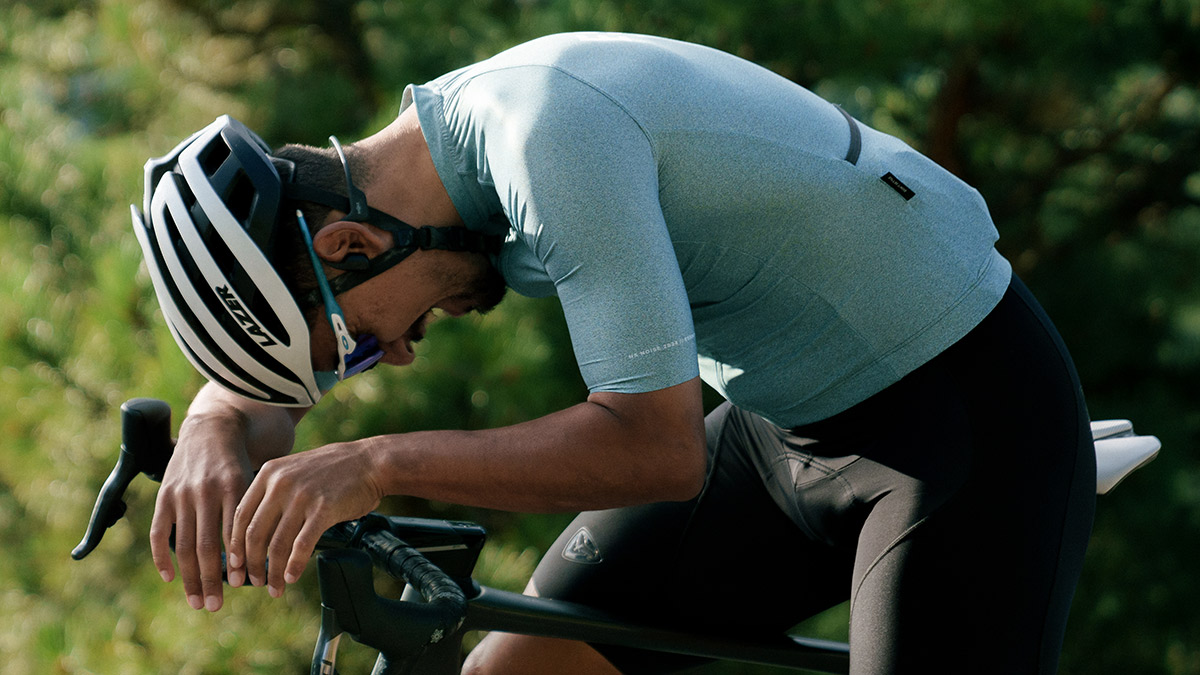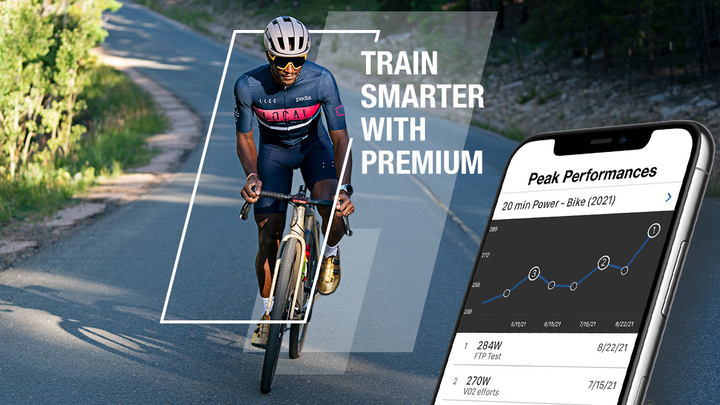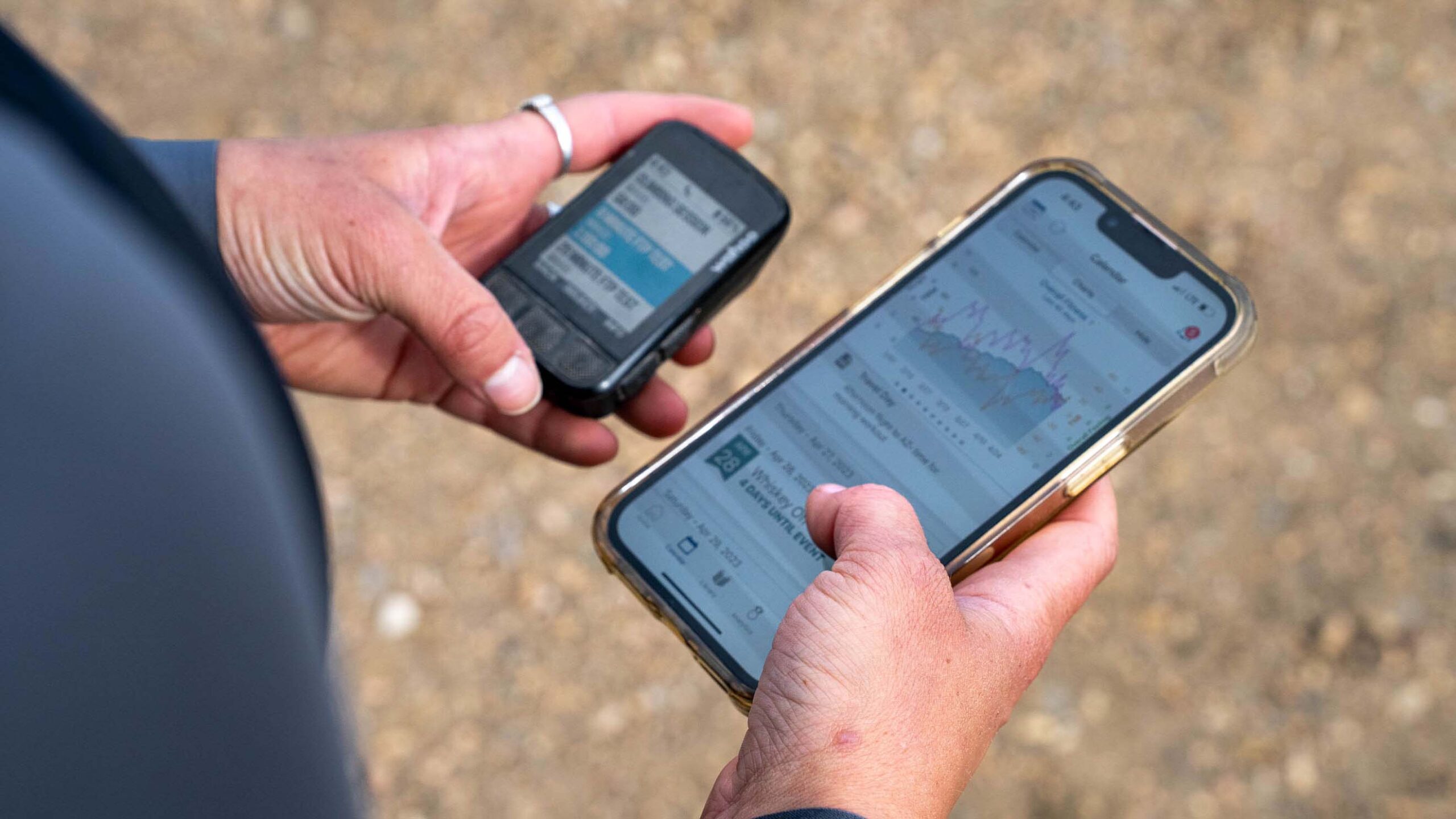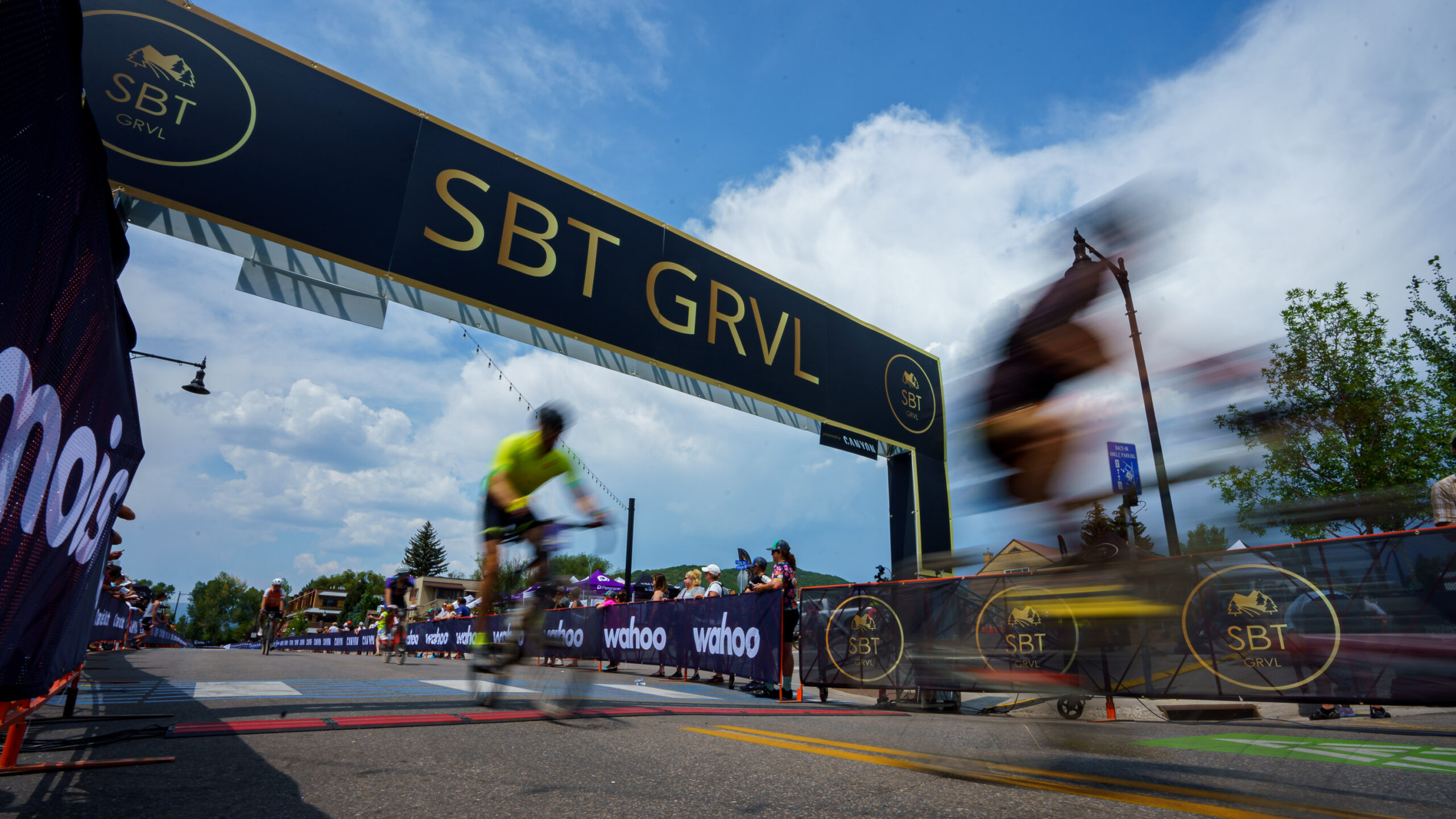Training is going great. You’re riding well, your FTP is up, and your intervals look sharp. On paper, you’re killing it. Then, race day comes. You’re off to a great, smooth start. You’re feeling confident and holding wheels until 20 kilometers to go. As the pace lifts, there’s a surge. As you try to respond, your legs say no. The effort isn’t there.
Sound familiar? It’s not always about fitness. Often, it’s about how long you can hold onto your fitness once fatigue sets in. That’s where fatigue resistance, or durability, comes into play.
What Is Fatigue Resistance?
Fatigue Resistance, or sometimes referred to as “durability,” is your ability to produce power after you’re already tired. Not just at the start of a ride or in a lab test, but deep into an effort. After hours in the saddle, with thousands of kilojoules (kJ) burned.
Imagine two riders with identical 1-minute and 20-minute power values. One can hit those numbers after a long day, while the other fades. That’s the difference fatigue resistance makes.
How WKO5 Visualizes Fatigue Resistance
WKO5 takes this concept a step further by plotting your Power Duration Curve after a specific energy expenditure, usually measured in kJ.
Check out the graphs below. The red line represents your standard, fresh power duration curve and the green line depicts your power duration curve after 1,500 kJ of work.
Athlete 1: Poor Fatigue Resistance
For this rider, the green line is significantly below the red. The rider loses 35% of their 1-minute power after 1,500 kj and even more for other power durations. While they’re strong with fresh legs, they begin to fall apart later in the race.
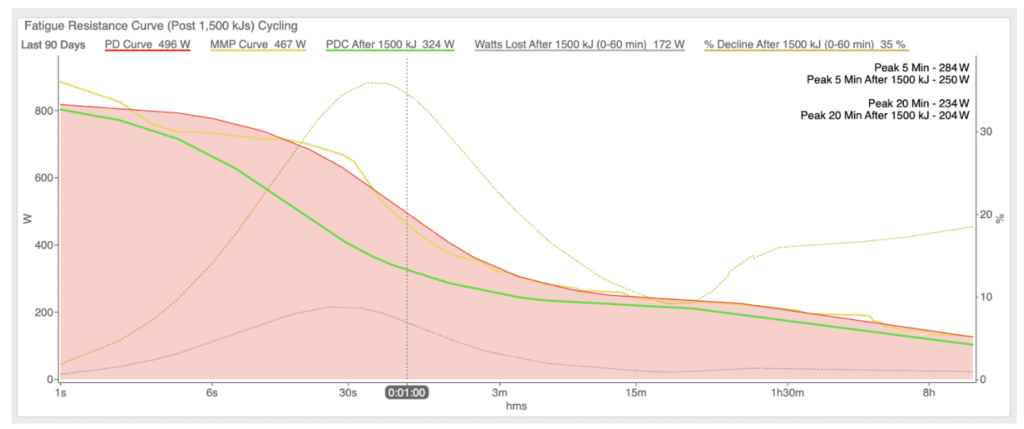
Athlete 2: Strong Fatigue Resistance
This cyclist’s graphs show much better fatigue resistance. The green line tracks closely with the red for this rider. They retain most of their power deep into the ride, making them more dangerous in late-race scenarios. As an example, this rider loses 9% of their 1-minute power after 1,500 kj.
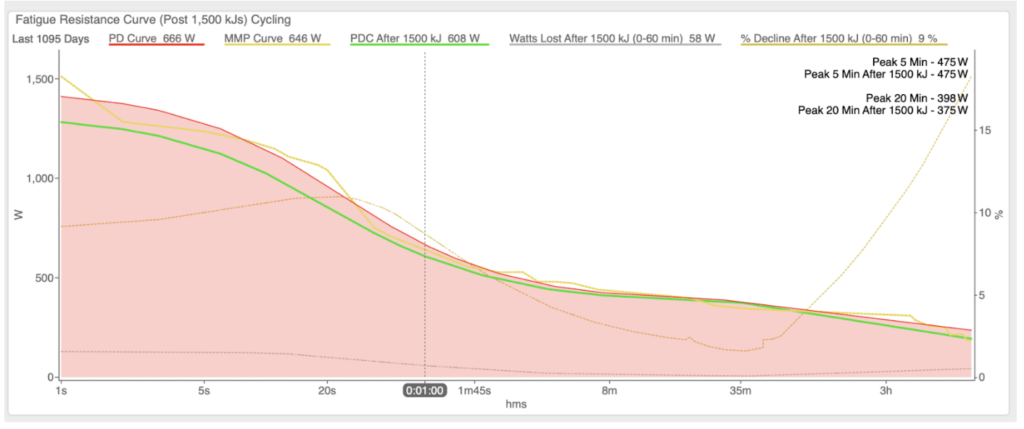
What If You Don’t Use WKO5?
You can still estimate your fatigue resistance using TrainingPeaks. A practical method is to perform a full-effort test after you’ve burned a set amount of energy, typically around 1,500 kJ, which is a common benchmark.
Assuming you average around 170 watts (≈600 kJ/hour), this means doing the test about 2.5 hours into your ride. At that point, perform a 1-minute all-out effort on a hill—ideally the same segment each time.
Then compare this result to your all-time best 1-minute power:
- <5% drop = very good
- 5–10% drop = good
- 10–15%+ drop = average
- <1% drop = elite/pro level
This simple method gives you a good proxy for fatigue resistance without advanced software. You can do the same tests for different power durations and different Kj thresholds.
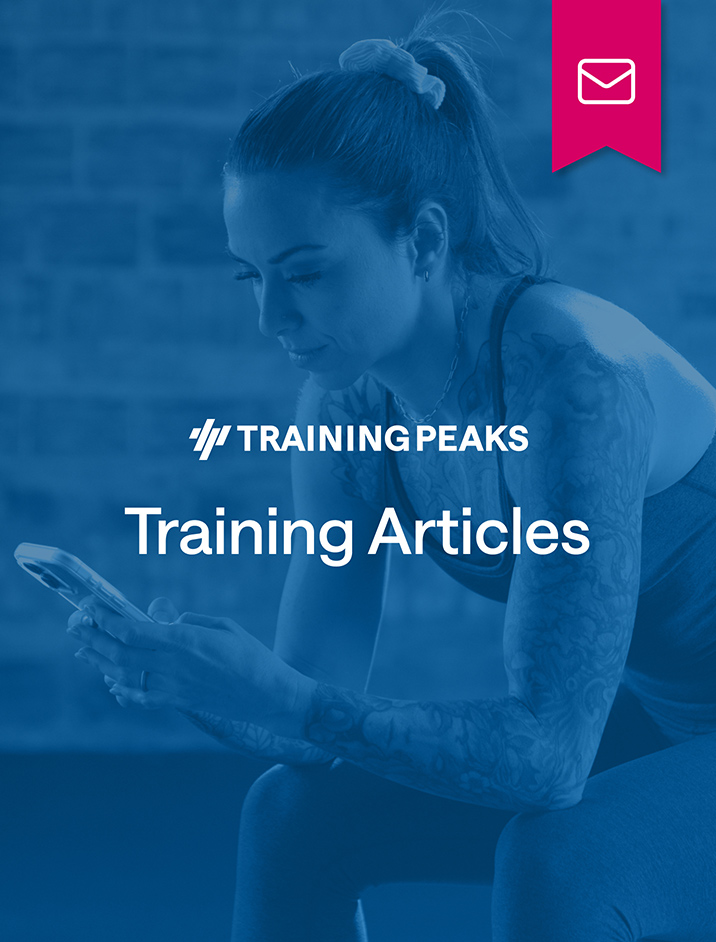
How to Train and Improve Fatigue Resistance
Improving fatigue resistance isn’t about pushing harder when you’re fresh, it’s about teaching your body to perform when it’s already worn down. This means simulating the demands of racing: long durations, high energy expenditure, and key efforts late in the ride.
Here are a few effective training methods:
- Fatigue-Prime Intervals – This method mirrors late-race demands when the body is tired.
- Ride 2 – 3 hours at endurance pace (~65–75% FTP) to accumulate 1,000–1,500 kJ.
- Complete a 1-minute max sprint.
- Follow with 2 – 4 intervals at 90–95% of that fatigued sprint power.
- Add Threshold or VO2max Efforts – After a long ride, adding threshold or VO2max efforts helps to build sustained power under fatigue.
- 2.5 hour endurance block.
- Finish with 2×12 minutes at 95–100% FTP.
- Hard-Finish Endurance Ride – Adding late sprints or surges offers excellent race realism.
- Ride 3 – 4 hours at Z2.
- Finish with 20 – 30 minutes at threshold or sweet spot.
- Race Simulations – For advanced training, include race simulations.
- Option 1: Start your ride steady and strong and finish with a hard, chaotic 30 minutes.
- Option 2: Back-to-back training days with tempo work one day and late efforts the next.
At ProCyclingCoaching, we look at your fatigue resistance data and build intervals accordingly. You can read more about how we built intervals in this article.
Don’t overlook fueling, which can impact your fatigue resistance significantly. Try to take in 40 – 90g of carbs per hour during long rides and recover well afterwards to support adaptation.
Final Thoughts: Power When It Matters
Your best power doesn’t matter much if you can’t use it when it counts.
Fatigue resistance separates riders who simply survive from those who make selections, attack late, or win. Whether you’re a weekend racer or a serious competitor, training this quality can give you a competitive edge most riders overlook.
Start building it. Start tracking it.
And next time you line up, you won’t just be strong, you’ll be strong when it matters most.
